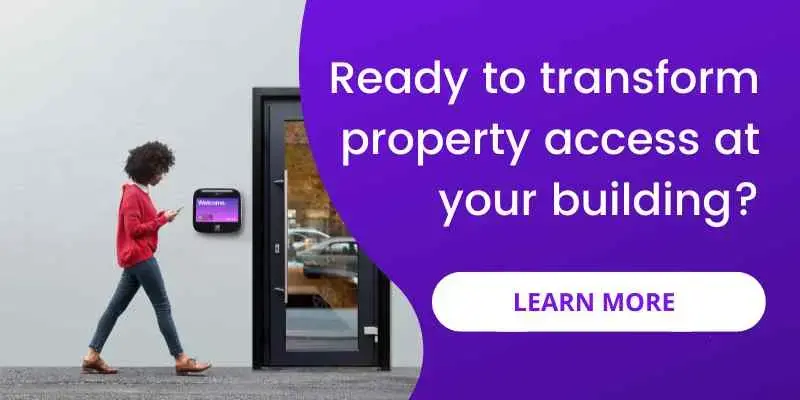Key takeaways:
- Virtual Doorman systems provide 24/7 building access management and monitoring by automating visitor management and deliveries, property managers and owners can reduce staffing expenses while maintaining a secure and efficient entry system.
- These systems allow residents to remotely manage guest access, monitor building entries, and receive deliveries securely. Popular features include live operator support, remote door unlocking, and integration with existing building systems
- Alternatives like video intercom systems and keyless entry solutions can provide comparable security and convenience. These systems often come with lower upfront costs and simpler installation, making them suitable for properties that don’t require live operator support.
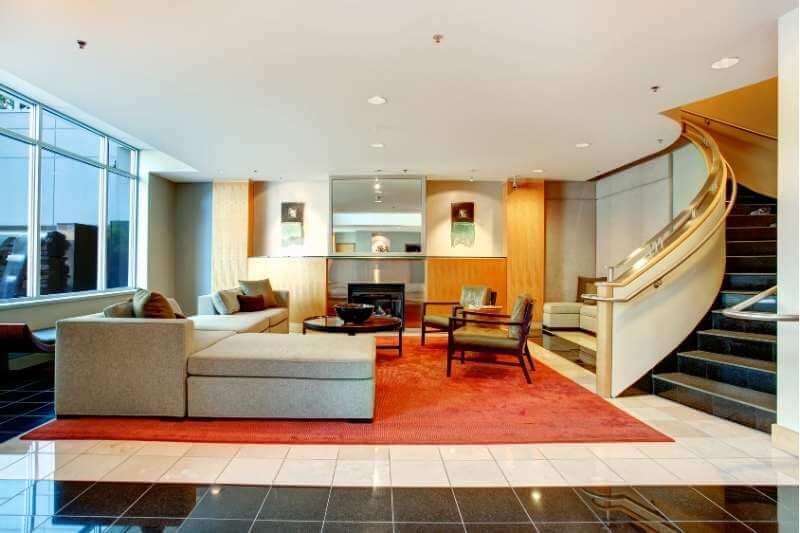
Disclaimer: ButterflyMX provides these blog posts to help our customers and potential customers make the right business decisions. Our blog posts are based on the information available to us at the time of writing.
Imagine you’re in New York City, heading to your friend’s apartment. You walk into the building’s vestibule, and you’re greeted by the voice of someone who isn’t even there. This scenario is a reality for buildings nationwide — and they could use Virtual Doorman.
A remote doorman system is a relatively new technology that empowers building staff to forego the traditional doorman for a tech-powered virtual system. Virtual Doorman is one of many participants in the remote doorman industry.
In this post, we’ll explain Virtual Doorman, how it works, how much it costs, its potential benefits, and possible alternatives.
We’ll cover:
- What is Virtual Doorman
- How does Virtual Doorman work
- Possible benefits
- Addtional costs
- Review of Virtual Doorman
- Alternatives to Virtual Doorman
What is Virtual Doorman?
A company based in NYC, Virtual Doorman is a building-wide system of hardware and software that attempts to fulfill the duties of a human doorman, including granting visitor access, accepting deliveries, and monitoring the premises.
Virtual Doorman is just one of many remote doorman companies that offer an alternative to employing a traditional — and expensive — doorman. Multi-tenant apartment buildings may opt for a remote doorman to save money on staffing costs while continuing to deliver the safety- and convenience-focused services a doorman would provide.
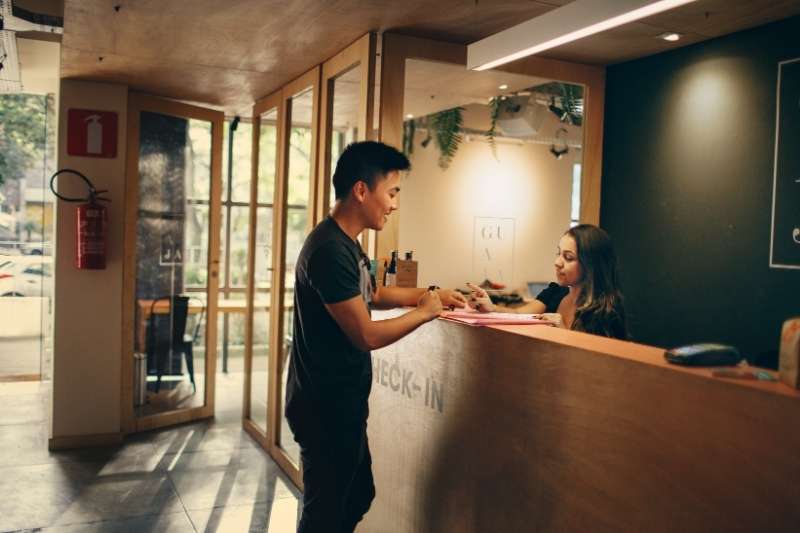
How does Virtual Doorman work?
Think of Virtual Doorman as a combination of building surveillance, property access control systems, and concierge services. Every remote doorman system provider operates differently, but they all serve as an alternative to a human doorman.
Virtual Doorman isn’t a robot that sits in the lobby. Rather, visitors, delivery people, and sometimes residents interact with a combination of computer hardware, software, and remote human operators.
Human operators work out of the company’s command center, and each operator is assigned to a specific building. These command center operators use software and hardware to monitor the building and remotely control property access.
Watch how ButterflyMX works:
The Virtual Doorman system consists of:
- A video intercom system at the entryway of the property
- Security cameras so that operators can virtually monitor the interior of the building
- Door release mechanisms to remotely control door access
- Access control devices, such as key fobs, for residents
How to manage visitors & deliveries with Virtual Doorman
We’ve explained what’s included in the Virtual Doorman system, but you’re probably wondering what happens when someone visits a building with a cyber doorman.
Here’s how visitors and delivery couriers interact with Virtual Doorman:
- When a courier or visitor arrives at the building, they press a call button on an intercom to start a video call with the cyber doorman.
- The operator can grant access by remotely opening the door and directing the courier or guest where to go.
- If packages are being delivered, the Virtual Doorman digitally signs for them and alerts residents that they have a delivery. Then, the courier can place packages in a package locker or a package room.
If added security is necessary, operators can monitor the entire process through security cameras installed in the building. If they suspect anything unusual or suspicious, they can take necessary action.
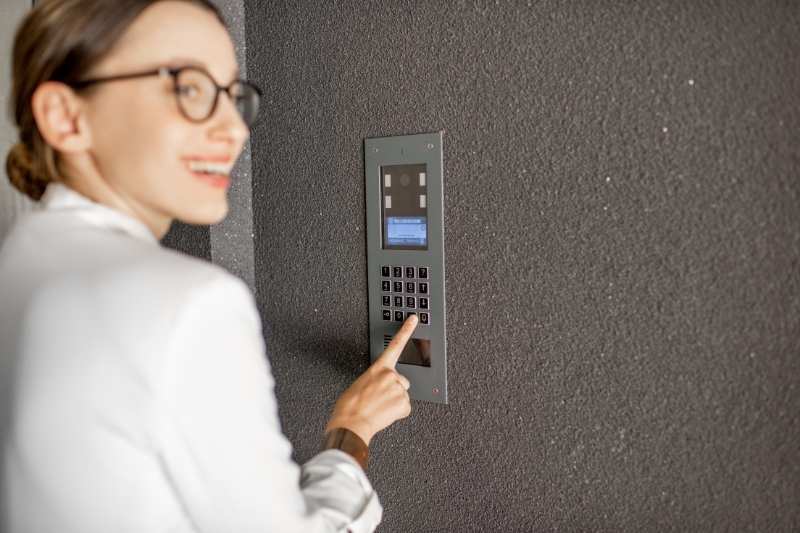
Possible benefits of Virtual Doorman
The concept of a remote doorman might seem strange or too sci-fi for your building. But digital doorman systems are quite common. Many delivery people and visitors always interact with versions of virtual remote doormen.
Here are some possible benefits of Virtual Doorman:
1. Save money
The primary benefit of a remote doorman system is cost savings. Using a Virtual Doorman could cost less than employing a human doorman, especially for small apartment buildings with fewer than 40 units. With a digital doorman, you won’t have to worry about interviewing candidates, putting doormen on payroll, or replacing employees.
2. Add value
Virtual Doorman systems may also add value to buildings without front desk staff. Data shows apartments with attended lobbies enjoy a 12% premium over buildings without a doorman. Remote doorman systems can also improve the resident experience and increase retention rates.
3. 24/7 coverage
Finally, having a Virtual Doorman could mean round-the-clock coverage, resulting in fewer missed deliveries or visitors. Plus, your cyber doorman never takes a sick day or a vacation, so you don’t have to worry about finding coverage or going understaffed.
Costs of Virtual Doorman
The same three benefits of Virtual Doorman can also be considered costs. The product may be expensive to purchase and install, considering the hardware and wiring costs. Plus, the ongoing monthly fee reduces your buildings’ net operating income (NOI). If coverage lapses, deliveries and visitors may not be able to access your property.
Here are some potential expenses associated with Virtual Doorman:
1. Cost of hardware & installation
Hardware and installation costs add up quickly. The average security camera costs between $125 and $450 to install, not including the price of the camera hardware. If you do not have a compatible access control or video intercom system in place, you must purchase those as well.
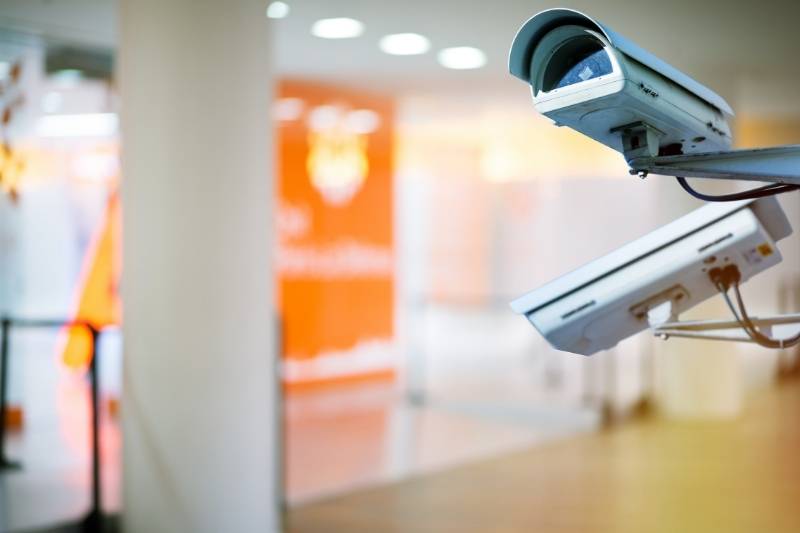
2. Impact on net operating income
The ongoing service and maintenance costs of Virtual Doorman impact the property’s NOI, which may make it less valuable in the event the property must be sold.
3. Lack of coverage
If Virtual Doorman has staffing or technical issues, or if the internet at your building is down, you’ll lose coverage. A lapse in coverage could result in missed deliveries or visitors who can’t access your property.
Review of Virtual Doorman
Founded in 2000, Virtual Doorman offers an alternative to traditional doorman services for residential apartment buildings. Today, the company continues to sell its remote doorman system as a cost-effective and secure solution for some multifamily buildings.
Features
Virtual Doorman offers a wide range of features. However, you should think carefully about which features are important to you, as some tiers of service offer only a few features. Determine which features your building needs before selecting a plan.
Features include:
- Remote command center operators: Operators located remotely perform some of the tasks a traditional doorman would offer.
- 24/7 availability: Remote doorman services are available around the clock, so your building is always securely monitored.
- Lockout protection: The cyber doorman can help verify a tenant’s identity if locked out.
- Delivery acceptance: The system can accept deliveries and grant building entry to couriers.
- Web portal: The Virtual Doorman web portal is available to both tenants and property managers. Residents can check in their guests, schedule deliveries, and use concierge services from the mobile app. Property staff uses the portal to manage all aspects of their remote doorman system.
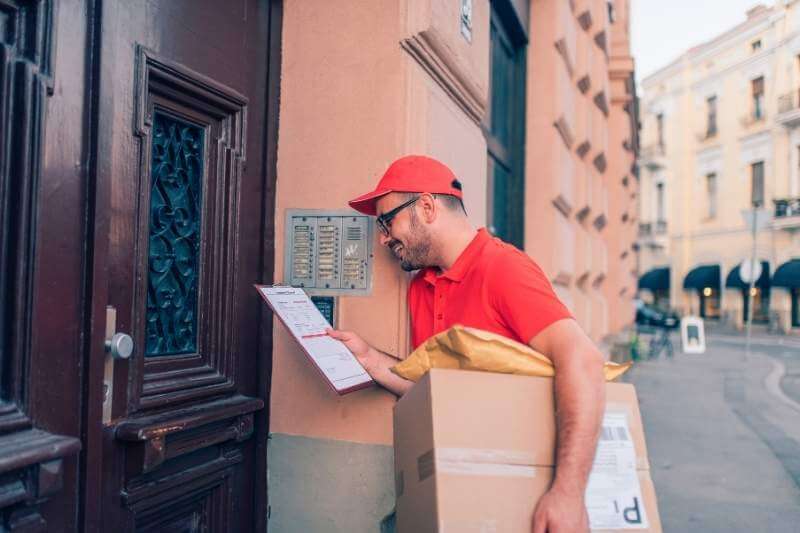
Virtual Doorman price
Virtual Doorman pricing is not immediately available on the company’s website. You must request a quote.
However, other sources have quoted the system between $500 and $2500 per month. The monthly fee may vary depending on which package you choose. And remember: You may also have to factor in installation costs.
Pros & cons
Virtual Doorman offers great convenience and flexibility for both residents and property staff. However, there are also some drawbacks to consider before investing in this system.
Pros:
- Adjustable plans so that you only pay for the services you want
- More affordable than staffing traditional doormen
- Easy to manage the system remotely
- Provides simple solutions to frustrating problems for residents, like lockouts
Cons:
- Additional hardware and installation costs
- Residents may not feel as secure with a cyber doorman as they would with a real doorman
- Reduces the NOI of the property
- The Basic package lacks most services — you may have to pay more for premium Virtual Doorman packages.
Alternatives to Virtual Doorman
Ultimately, Virtual Doorman aims to replace the traditional doorman. While it is a decent alternative, it may not meet all of the needs of properties looking for a remote doorman service. Additionally, the hardware, installation, and maintenance costs may be too high for many buildings.
There are alternatives if you’re on the fence about adding Virtual Doorman to your building.
ButterflyMX allows residents and building staff to open and manage doors from their smartphones, ensuring they never miss a delivery or visitor. The system includes a video camera for live video calls along with time—and date-stamped photos, which can be reviewed for 365 days. Further, the ButterflyMX front desk station software empowers staff to view live video feeds of video intercoms and chat directly with visitors. ButterflyMX is installed in over 15,000 buildings nationwide and has more than 40,000 five-star ratings.
If you’re looking for a remote doorman service that costs less than Virtual Doorman, the ButterflyMX front desk station software is a good doorman alternative.
ButterflyMX’s front desk station offers features like:
- Increased functionality with our access products. Use the front desk station to view live camera feeds and speak with guests.
- Easier guest access. Guests can use the front desk station to authenticate their credentials.
- Cloud-based administration. Staff members can access front desk features using any phone, computer, or tablet that can connect to the internet.






